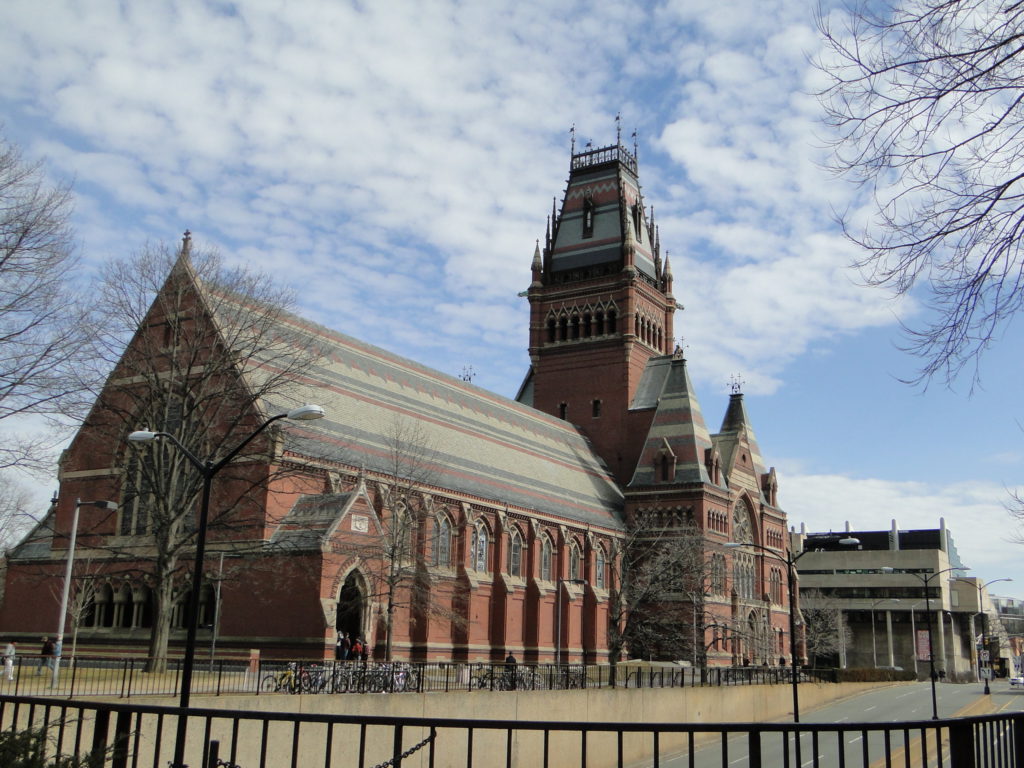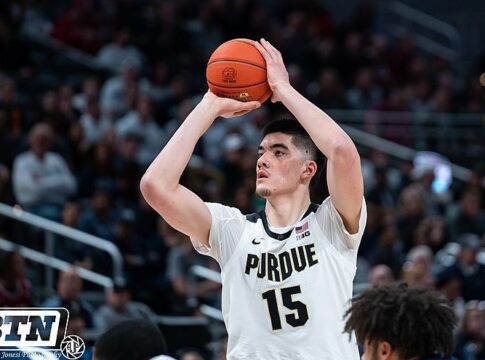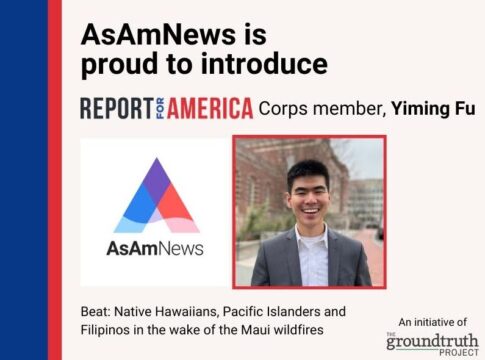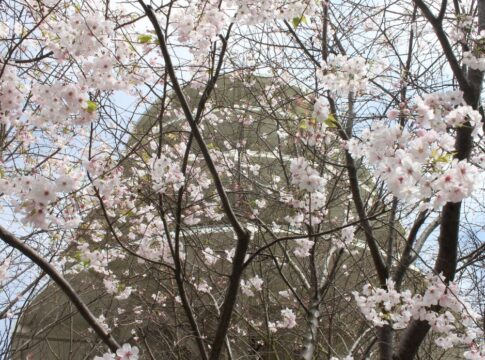
By Irene Chang, AsAmNews Intern
In light of this week’s ruling that favored Harvard University and its use of affirmative action in college admissions, a new report reveals that incoming classes at Harvard have been consistently more diverse than those of other institutions since 2005.
The Chronicle of Higher Education compared the demographics of incoming Harvard classes with those of other four-year public and private nonprofit baccalaureate, master’s and doctoral institutions. According to this analysis, Harvard’s incoming classes far exceed all other institutions in Asian American representation specifically — the university drops behind other institutions in Hispanic and African American representation.
Harvard’s Asian freshman population has hovered around 15-20% since 2005 — the percentage stays at 19-20% from 2012 onwards, and peaks at 21% in 2016. All other four-year institutions hover at 6-7%, a drastic difference when about one-fifth of Harvard’s incoming class is Asian.
However, these statistics should be taken with a grain of salt. The four-year institution statistics that the Chronicle compares with Harvard are averages of all other institutions, lumping together extremely diverse universities like the University of California, Berkeley (where 42% of incoming freshmen identified as Asian in 2016) with less diverse institutions like Clemson University (where Asians comprised 2% of the entire enrolled student population in 2016).
LATEST STORIES
Harvard’s incoming class of Asian representation may be much higher than the average percentage at other universities, but it is by no means the most diverse.
For example, other elite private institutions like Northwestern University and New York University have a similar incoming Asian student statistic. At Northwestern, 20% of the 2016 incoming class were Asian; at NYU, Asians made up about 19% of the incoming class in 2018.
In the public University of California system, where affirmative action has been banned, the percentage of Asians in the incoming classes spike significantly. As previously mentioned, in 2016 Asians made up the largest ethnic group of UC Berkeley’s freshman class at 42% — White students come second at 25%. Within the entire UC system, 2016 freshman enrollees who identified as Asian/Pacific Islander made up 33% of all UC students, again the largest ethnic group with Chicano/Latino as the second largest group at 26%, and White as third at 21%.
Even when comparing the overall enrollment of Asians in the Ivy League, Harvard falls short. According to Data USA, Asians made up 14% of Harvard’s total enrollment in 2016, sharing this percentage with Yale. Ivies like Princeton University, Cornell University and the University of Pennsylvania all had greater Asian representation within their 2016 student body: Princeton and Cornell had 16% and UPenn had almost 17%.
In another report, Priceonomics ranked the campus diversity of universities that made the Top 100 for academics in the U.S. News and World Report by measuring race/ethnicity data with the Herfindahl-Hirschman Index (HHI). Stanford University is in the lead, boasting the most equal mixture of ethnic groups of any top 100 school with an HHI of 0.249, while Harvard ranks 22nd with an HHI of 0.299.
While Asian representation at Harvard is above average when compared to all institutions, it is about equal with other elite private institutions both within and outside of the Ivy League, and sometimes below the mark when compared with universities like Stanford and the affirmative action-free UC system.
The data may not answer whether Harvard admissions was actively discriminating against Asian Americans with affirmative action practices. However, these statistics may be a crucial analytical tool as the Harvard ruling sparks more debate about affirmative action.
AsAmNews has Asian America in its heart. We’re an all-volunteer effort of dedicated staff and interns. Check out our new Instagram account. Go to our Twitter feed and Facebook page for more content. Please consider interning, joining our staff or submitting a story







